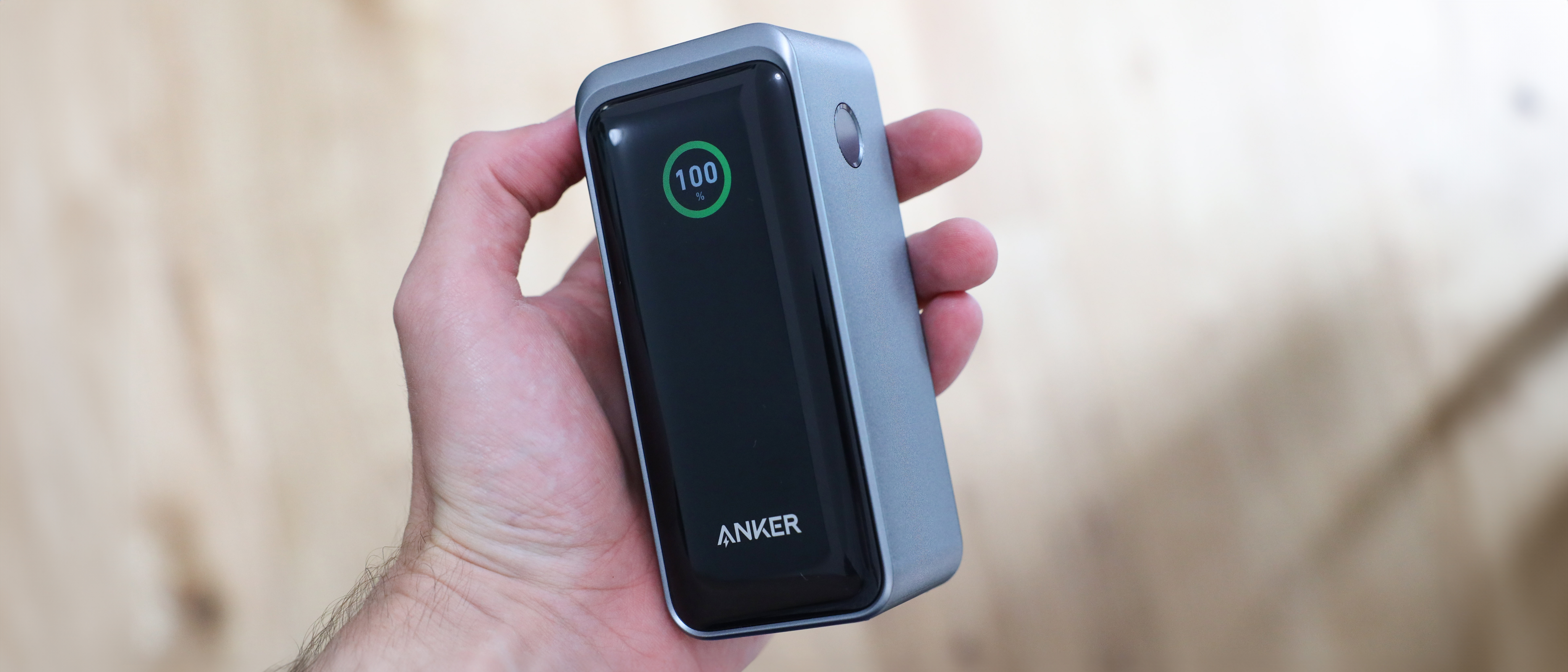Digital Camera World Verdict
Who knew I wanted a screen in a power bank so much? What I thought was just going to be a gimmick is actually an incredibly useful feature that does innovate what is essentially otherwise just a big battery. The power percentage and countdown timer for charging/discharging the battery is the most accurate way I have yet seen for monitoring a power bank. Yes, knowing exactly what speed my devices are charging at is not essential, but it is really interesting to know, and also seeing just how fast or slow some things can charge has affected how I think about charging them. It’s not just the screen that makes this Anker Prime power bank a hit, it also has an ample 20,000mAh of battery and a huge 200W maximum output. I have several power banks, but this Anker Prime has become my new go-to.
Pros
- +
Two simultaneous 100W fast charging outputs
- +
Useful informative screen
- +
Decent battery capacity
- +
Looks great
Cons
- -
Boxy design makes it harder to slip into pockets
- -
Can get hot at high power outputs and cut out
Why you can trust Digital Camera World
Power banks have been around for the better part of the last decade now, and have proven to be the most useful way to top up your devices with power while on the go. Over time power banks have incrementally evolved at a steady pace, increasing their capacities, getting smaller, and offering more powerful ports with faster charging speeds. It is rare that something comes along that actually might make you think differently about what otherwise, is not the most interesting device.
Other power banks have featured a digital display, usually in the style of an old-school digital clock radio counting down the percentage left in the battery, however, Anker has taken that a step further, and added a full readout display to its latest Anker Prime power banks that offer you far more information than just a simple battery percentage. However, I can get plenty of cheaper power banks without a display, so do I really need a full readout on what is just a big battery I plug my phone into while I am out?
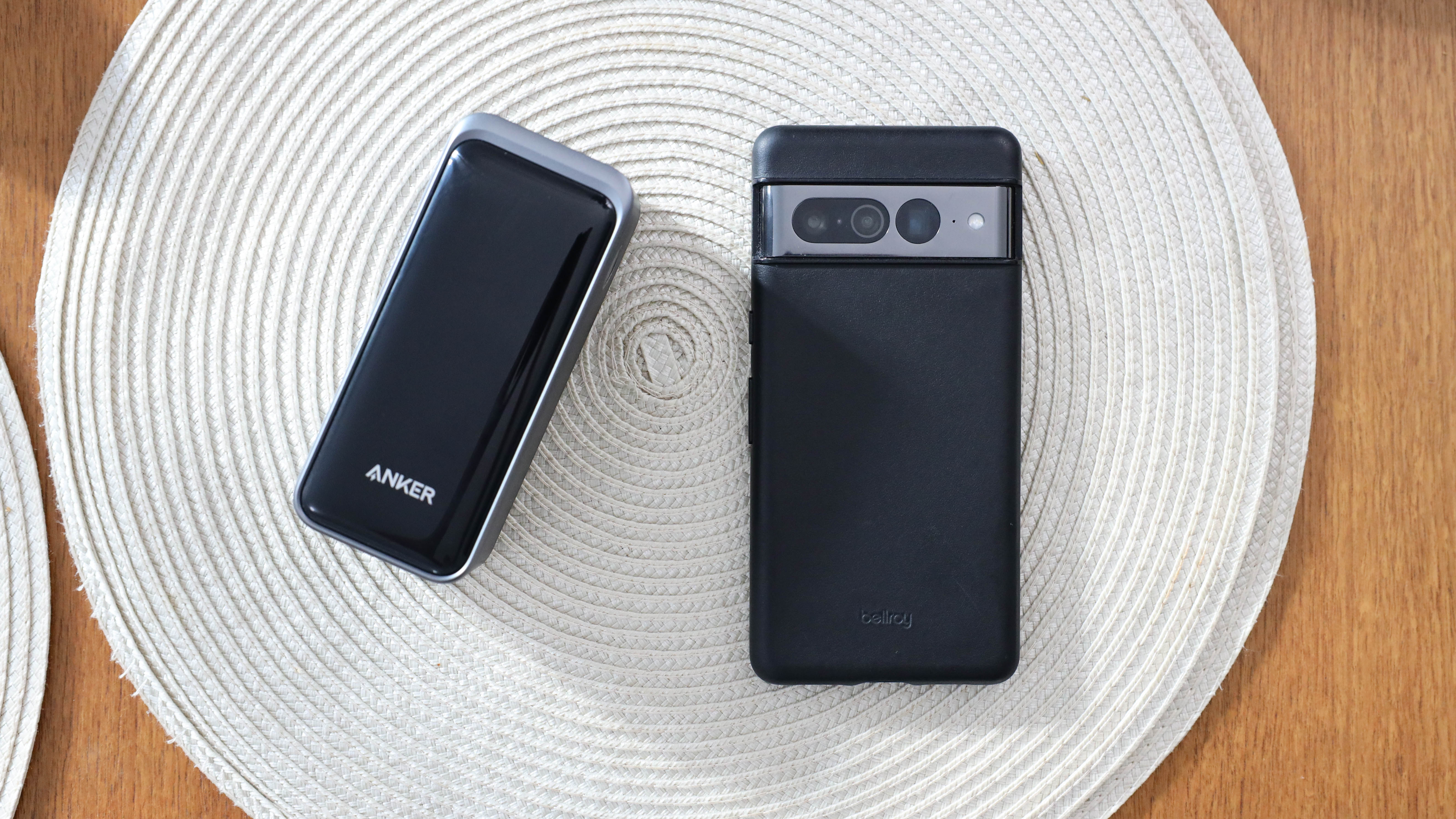
Anker Prime Power Bank: Specifications
Capacity: 20,000mAh
Total max charging speed: 200W
One port: 100W (USB-C 1), 100W (USB-C 2), 65W (USB-A)
Two ports: 100W + 100W (USB-C 1 + USB-C 2), 100W + 65W (USB-C 1/2 + USB-A)
Three ports: 100W + 60W + 40W (USB-C 1 + USB-C 2 + USB-A)
Time to recharge: 1 hr 15 mins
Size: 124 × 53 × 48 mm
Weight: 544 g
Anker Prime Power Bank: Key Features
The Anker Prime Power Bank is available in a couple of different capacities, the one I am testing here is in the middle of the range with 20,000mAh of capacity and 200W of combined output power. You can also buy a larger 27,650mAh version with 250W of total output, and a smaller 12,000mAh capacity with 130W combined output. Which one is right for you will depend on what you want to charge and how frequently. If you plan to run your laptop regularly off the power bank then the largest version is your best bet, but if you only intend to power your phone or camera when it is running very low on juice, then the smallest version will be less burdensome to carry around.
Focusing on the 20,000mAh version I have here, the combined output tops out at 200W. There are a total of three ports on the power bank with a number of different outputs depending on how many are in use and in which combination, for example using all ports simultaneously gives you 100W (USB-C 1) + 60W (USB-C 2) + 40W (USB-A). However, for anyone who cares about getting the most power, both USB-C ports can output at their 100W max at the same time when the USB-A is not in use.
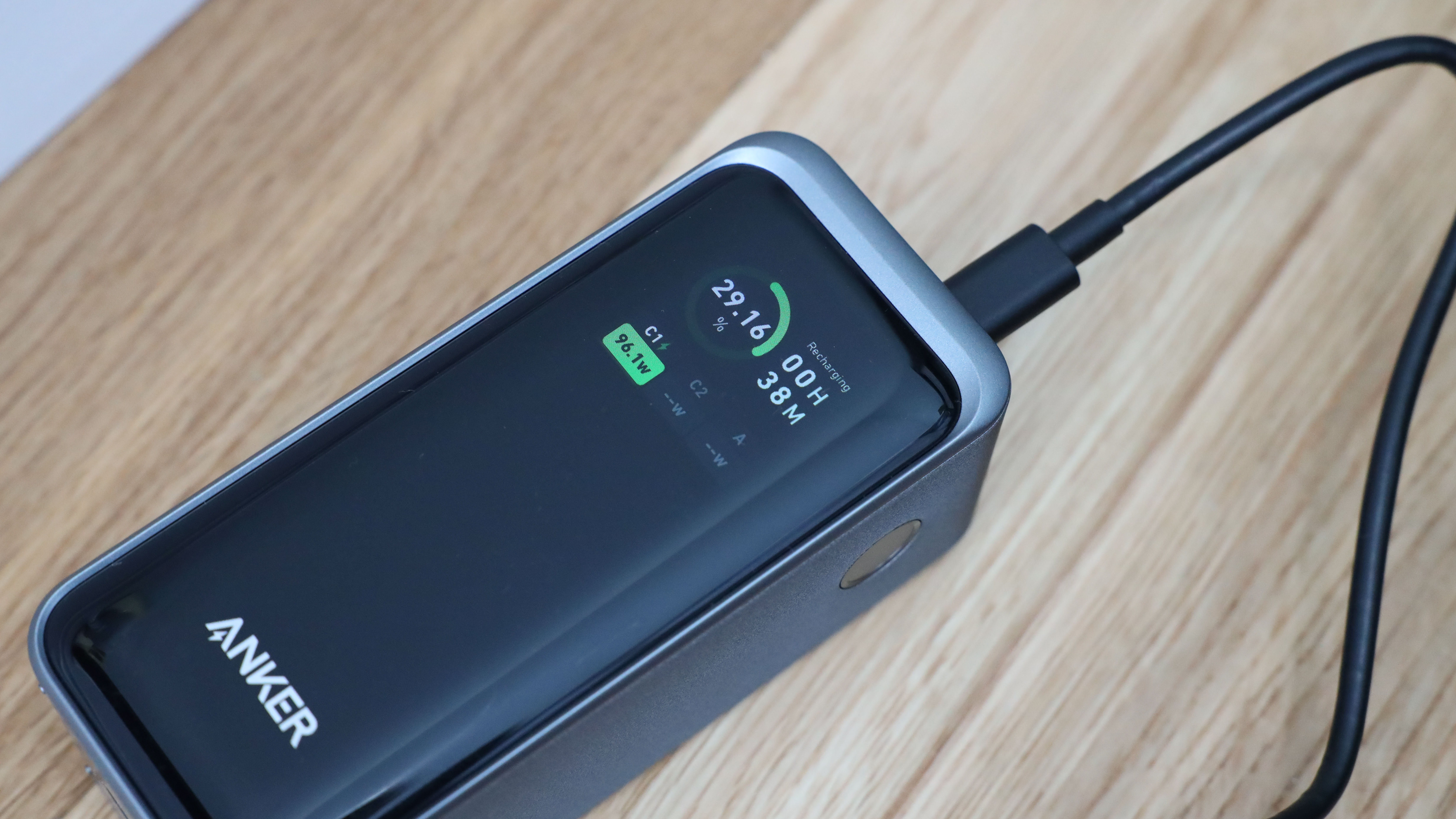
According to Anker, 100W will charge a 16-inch MacBook Pro to 50% in 40 minutes, and the power bank in total can recharge an iPhone 14 or Samsung Galaxy S23 up to 3.4 times, or a MacBook Air with one full charge. The power bank can also be recharged at 100W, which Anker says can recharge the battery from empty to full in 1 hour and 15 minutes.
The main feature that sets this power bank apart from others is its screen. The power bank can display in color – its current battery percentage, how long the battery will take to drain at the current output, how long the battery will take to charge, and exactly what each port on the power bank is outputting at any time. The screen can also show the current temperature of the battery to monitor its heat as well as charge cycles of the power bank and battery health, so you can keep tabs on if your power bank needs replacing.
The Power bank comes with a 2ft/0.6m USB-C cable capable of carrying 140W, as well as a soft carry case with enough space for the cable and power bank to drop in comfortably.
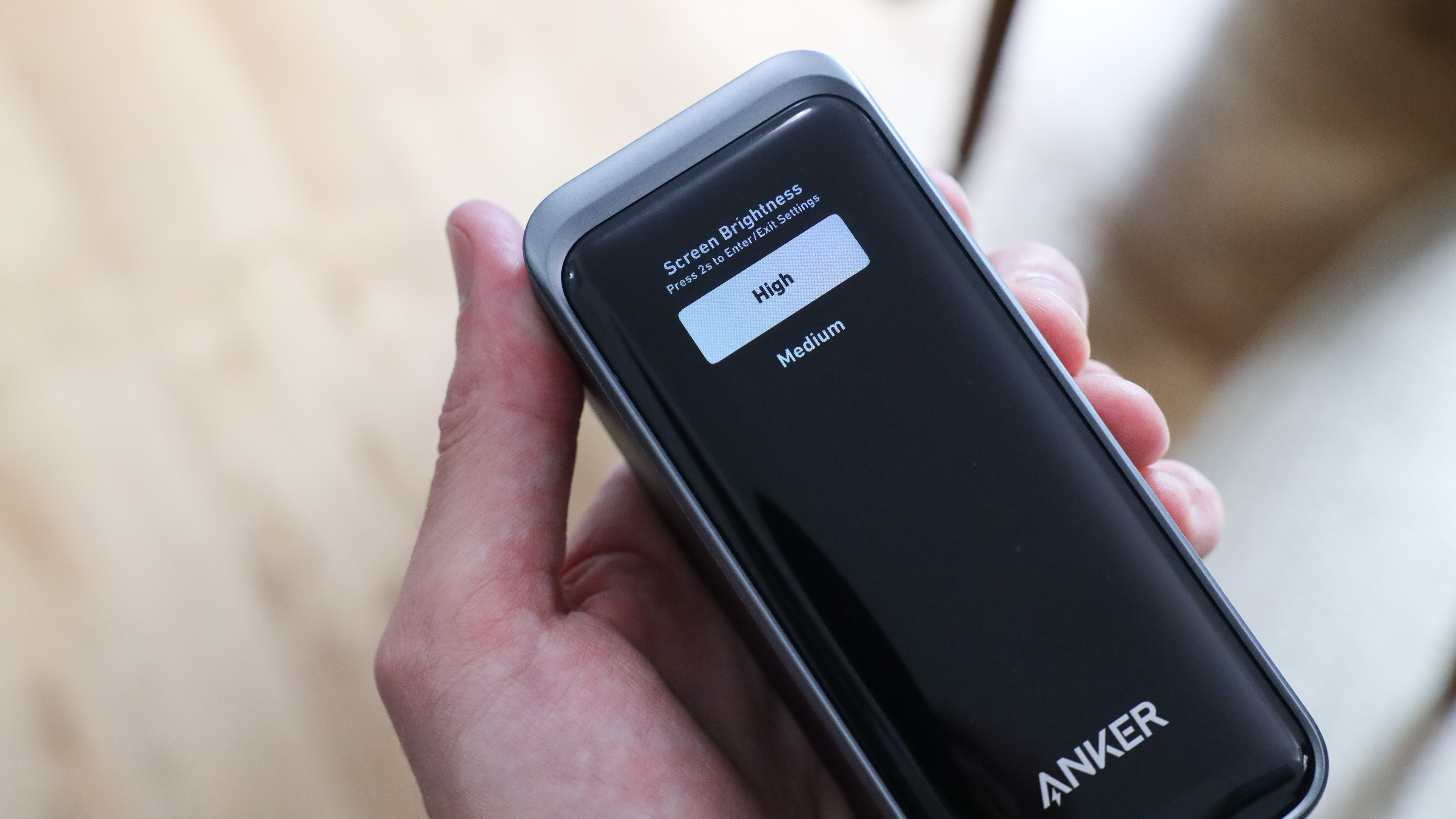
Anker Prime Power Bank: Build & Handling
The Anker Prime Power Bank in its 20,000mAh capacity is a little on the heavy side, at 544g you are going to feel the weight of this in your bag. The power bank itself is boxy rather than flat, which might be to make space for the screen, but it stops it slipping into pockets in your bag or jacket as easily as some other more slim power banks. The design though is very nice, it feels premium and very solid, the glass front containing the screen is very nice, although it is a magnet for fingerprints, and I am not going to try and break my sample, but I would be interested to find out how resistant it is to cracks.
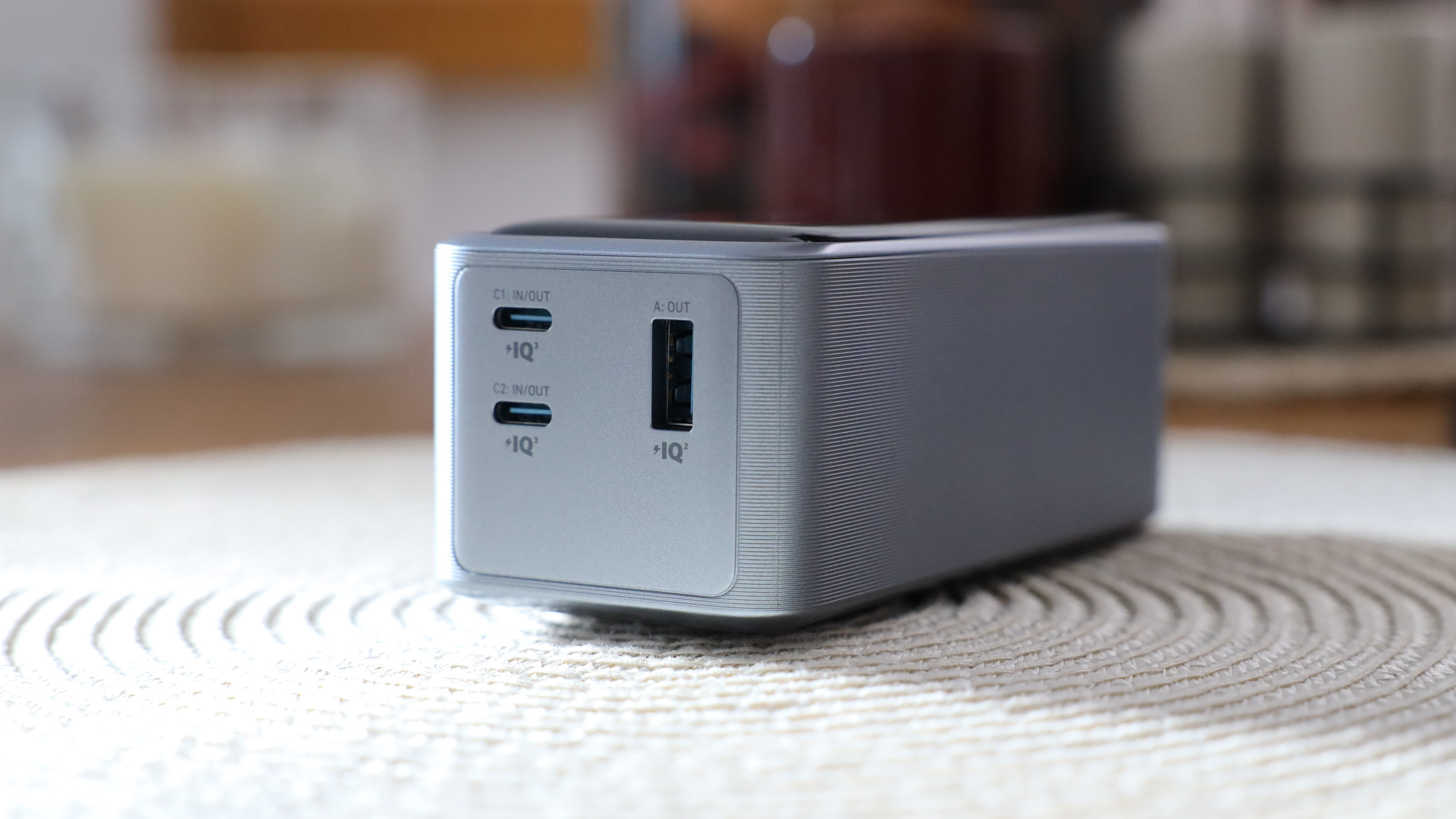
The screen is operated by a button on the side, the button is large, indented, and very easy to find without looking, and has a nice click to it. One press turns on the screen, then it is a single press to go through the four menu screens and scroll through battery information. You can also change settings using this button by holding it in to enter settings, single click to change them, and then holding it in again to exit the settings, it is a really simple solution, although, with only screen brightness and screen timeout to select, you won’t be spending much time doing this.
The power bank also comes with a nice soft carry case with a drawstring top, the case is not tight to the power bank and has enough space to also fit in a couple of charging cables as well. The cable that is included is one of Anker's regular plastic cables, not its slightly fancier braided or bio-plastic ones, but it gets the job done, and importantly it is capable of 140W so can comfortably carry the max 100W from the power bank.
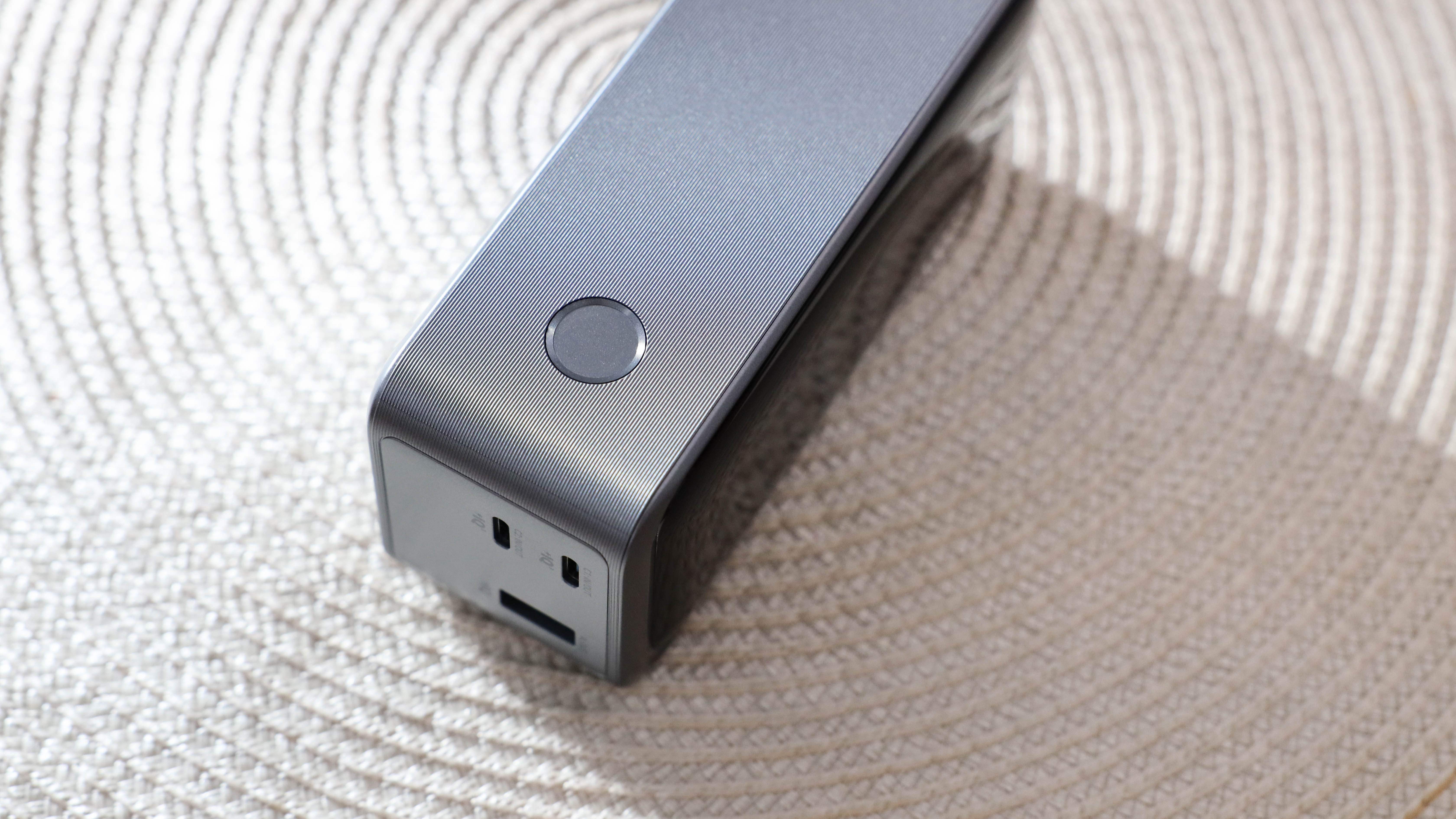
Anker Prime Power Bank: Performance
Performance from the Anker Prime 20,000mAh Power Bank has been solid, it managed to hold out for just over 28 minutes when using the full 200W of power, but it actually wasn’t easy to draw that much power constantly, so for most use cases you won’t max out this power bank. And good news, the power bank actually recharged in the 1hr15mins quoted by Anker when charged using an Anker 100W wall charger, so you can recharge the power bank very quickly if you are in a rush to head out.
While I never let my phone get to zero as that is a horrifying thought, I managed to top up my Google Pixel 7 Pro from around 20% to 100% about 4 times from the fully charged power bank. I wouldn’t usually charge all the way to 100% while on the go, instead just top up a little and charge at the wall later, so, if behaving naturally, I could run my phone off this power bank easily for a whole work week while out and about. The same principle with a laptop, small doses will keep you going for a while. Power banks are primarily aimed at just keeping you topped up, if you plan to run our devices off this power bank on a more long-term basis, you might want to look into the best power stations.
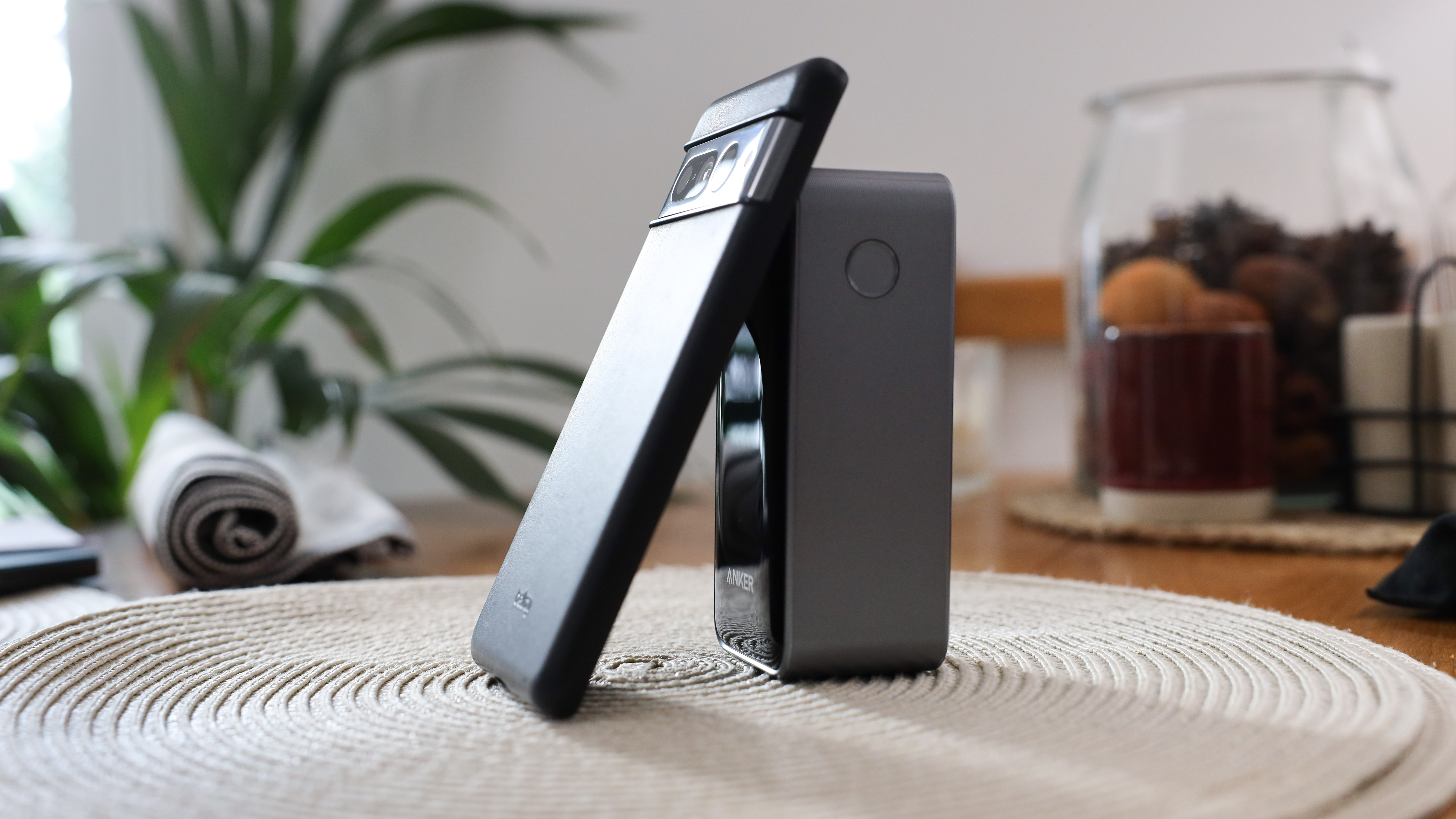
The power bank did cut out once or twice when using it at maximum capacity. I think due to heat, 60ºC / 140ºF seems to be the maximum temperature that the battery can reach. It did take around 40 minutes of constant 100W draw (and almost the entire battery capacity) to reach this temperature, but those in hotter climates might find it cuts out more frequently.
The screen on the Anker Prime is the real star of the show though. Yes, it is not really needed for a functional power bank, but it is the easiest way I have ever seen of both knowing how much battery is remaining in the bank or how long the power bank will take to recharge. This as well as the informative information about how fast your devices are recharging made me much less anxious about not having enough juice to charge the batteries in my devices adequately, and I could plan when I needed to charge and for how long much better. The output being displayed is also eye-opening to see how many of your top devices actually charge really slowly, as well as how many devices still draw some power when completely shut down.
Anker Prime Power Bank: Verdict
Is it really necessary to have an informative screen on your power bank, no, but the Anker Prime power bank has the easiest power percentage and countdown timer for charging/discharging the battery I have used yet. And knowing exactly how fast my devices are charging is both just plain interesting to know, but I can also plan ahead to give my slower devices a little extra time to charge.
The Anker Prime power isn’t just about a screen though, it also has a solid 20,000mAh of battery which I managed to get several days worth of keeping my phone and laptop going with short bursts of recharging. The big 200W maximum output, with a 100W single port output, also allowed me to use my more demanding devices in a pinch, if only for a short time. The power bank is a little boxy for slipping into pockets, but it looks great. Overall, I am very impressed and I think the Anker Prime power bank has found a new home in my bag.
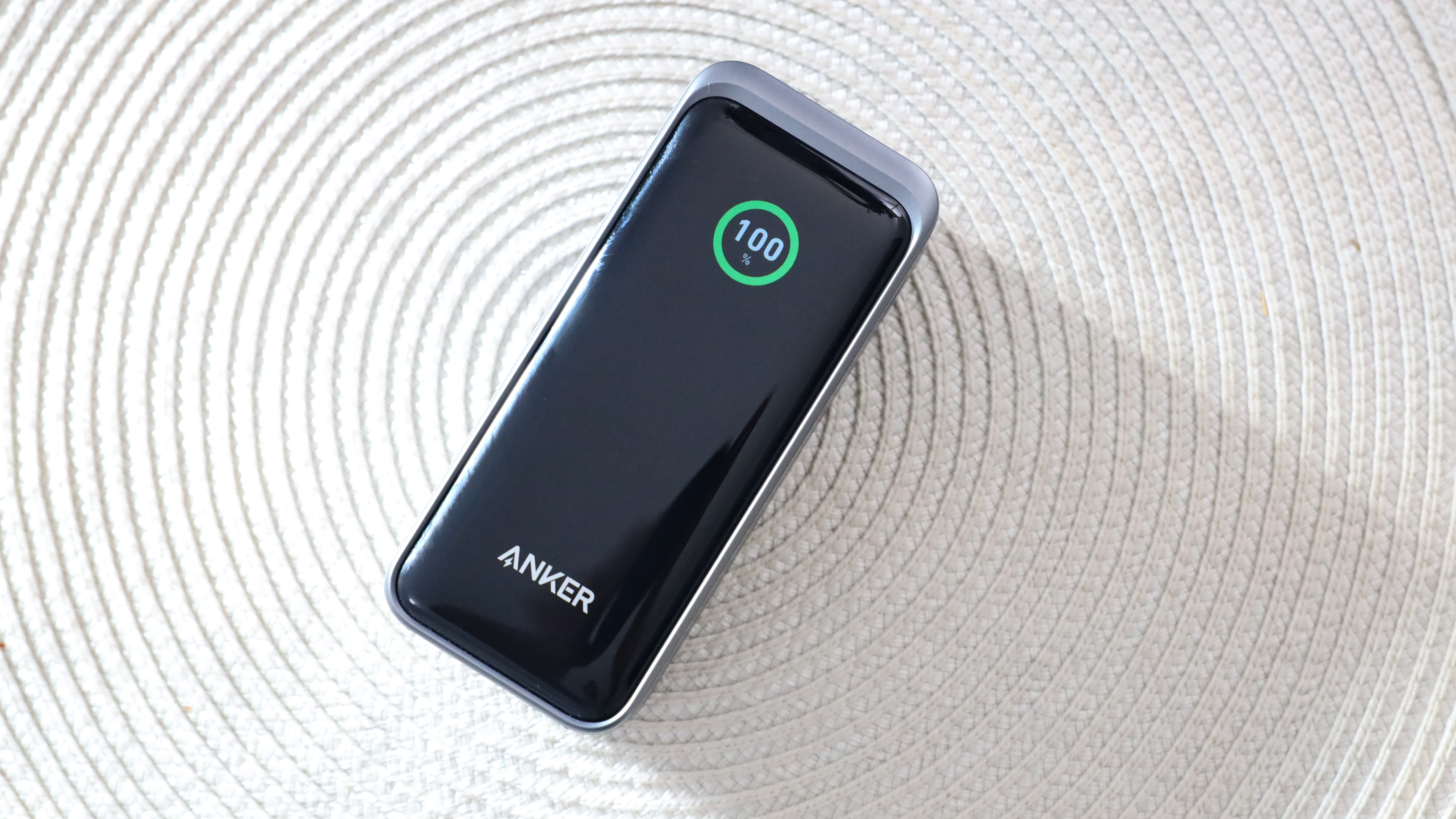
Read more: find out more in our guides to the best laptop power banks or the best iPhone power banks. Or if you are looking for the fastest way to charge your device, take a look at our picks for the best GaN charger.

Gareth is a photographer based in London, working as a freelance photographer and videographer for the past several years, having the privilege to shoot for some household names. With work focusing on fashion, portrait and lifestyle content creation, he has developed a range of skills covering everything from editorial shoots to social media videos. Outside of work, he has a personal passion for travel and nature photography, with a devotion to sustainability and environmental causes.
